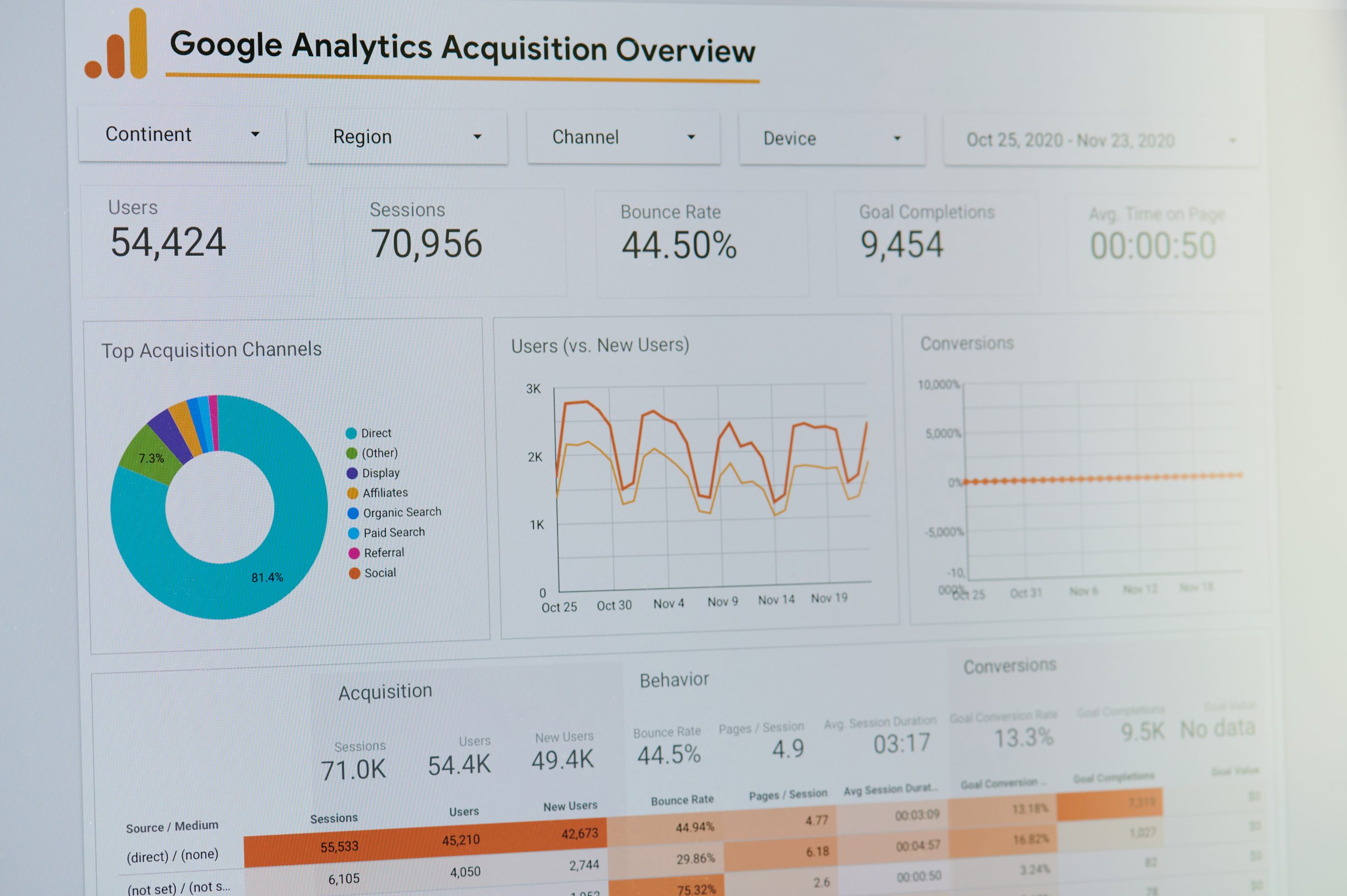
Share
Today it’s easier than ever to start your own company. With free website builders and low startup costs, you can have your e-commerce storefront up in a matter of hours. The biggest barrier isn’t getting started, it’s growing a strong customer base. To do this well, you need to be using data to perfect everything from your website, to your social media posts, to your products themselves, to cater to your audience. And if this is your first business you probably don’t know how to access that data or how to process it. Lucky for you, there are plenty of data analytics tools out there that you won’t have to manually track every website visit and banner click yourself. With the right set of analytics tools, you will be able to extract valuable insights into your customers’ behavior and optimize your business for success. So without further ado, here is everything you need to get started tracking user interaction with your brand so you can discover new ways to expand your audience.
Google Analytics
Google Analytics is a free tool every e-commerce business should have. But you probably already knew about this one. It gives you a customizable dashboard with your website traffic, where visitors are coming from, what pages they’re visiting, and how long they’re staying on your site, all compiled into visual graphs on your main page making it really easy to access your most important KPIs. With the insights Google Analytics provides, such as dropoff or shopping cart abandonment, you can optimize your website for better user experience and increased conversions.
Hotjar
Hotjar gives you an unique look at your site by showing you a heat map depicting high zones of user interaction so you can see what areas of your site are capturing the users attention and which areas are being looked past. With this information you can adjust your user interface visually to appeal more to your visitors which should increase their stay on your website and hopefully push them to convert. Another key insight Hotjar provides is conversion funnels which will map out a user’s path from when they first click on your website to the moment they convert and all of their actions that come between. This can help you understand how your customer is making their decision and adjust your website and marketing strategy accordingly.
Optimizely
Keeping along the lines of website improvement, once you’ve taken a look at your Google Analytics and Hotjar reports and see what pages of your site need some TLC, shift your sights to Optimizely for field testing of your solutions. The platform lets you conduct A/B testing for your website. It works by performing split tests with your website users where half will be shown one version of your site (A) and half shown the other (B). With a couple rounds of this testing a few different versions, you should be able to rest assured that you are now operating with the best possible version of your website to drive user engagement and conversions.
Kissmetrics
Kissmetrics is an analytics platform that takes it a step deeper than Google Analytics, by showcasing the unique journeys of customers. Once installed the software identifies users and tracks their behavior as an individual, letting you connect people to the actions you see in the reports. This also lets you track behavior over time and build out a general customer lifecycle so you can figure out ways to prolong retention, reduce churn, and increase your CLV. Understanding individual users also lets you create personalized marketing experiences to enhance your customer’s brand experience.
Having the right set of tools is crucial for the success of any start-up business. By using analytics platforms you’re able to find automated data reports that shed light on valuable insights on what you’re doing well and where you need to improve on everything from customer acquisition, to retention, web traffic, conversions, and more. And while these tools can’t give you detailed solutions off the bat, that’s up to you to test and figure out, they give you a strong foundation to build off of so that your solutions are rooted in data and positioned for growth.




